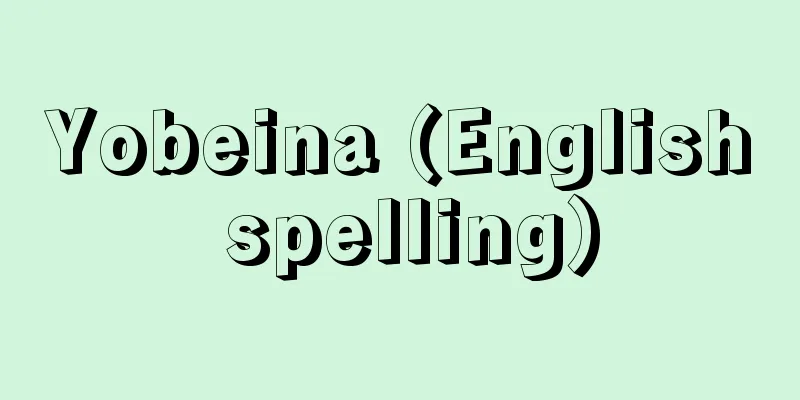Plum Blossom Ding

|
A calendar scholar in the Qing Dynasty of China. Born in Xuancheng, Anhui Province. His courtesy name was Dingjiu and he was known as Mu'an. He was introduced to astronomy by his father and his teacher Luo Wangbin at an early age, and later studied under Ni Zheng, a native of his hometown. In 1659, he wrote the four-volume "Calendar Studies: A Guide to the Art of Calendar Studies." In 1666, he took the local examination. In 1675, he obtained his first copy of the "Chongzhen Calendar Book." He did not enter the government after that, but instead devoted his life to the study of astronomy and mathematics, reviving ancient Chinese methods and studying Indian and Islamic calendar systems as well as Western astronomy. He presented the "Calendar Studies Questions" to Emperor Kangxi, and in 1705, during the emperor's southern tour, he discussed calendar studies with him. The astronomer Baien Buntei (1637-1671) was his younger brother, and Baien Sei (1681-1763), who edited Baien's collection of writings, Baien's Collection of Books of the Baishi Sōshō, was his grandson and a mathematician. The first edition of Rekisan Zenshō, a compilation of writings on mathematics and calendar science compiled by Baien Buntei, was imported to Japan in 1723 (1726), and was annotated by Nakane Genkei (1662-1733) at the command of the shogun Tokugawa Yoshimune. This marked the introduction of trigonometry and long division calculation to Japan. [Ken Uchida] [References] | |Source: Shogakukan Encyclopedia Nipponica About Encyclopedia Nipponica Information | Legend |
|
中国、清(しん)代の暦法学者。安徽(あんき/アンホイ)省宣城の人。字(あざな)は定九、勿菴と号した。早くから父と塾師の羅王賓(らおうひん)に天文学の手ほどきを受け、のちに同郷の倪正(げいせい)に師事し、1659年『暦学駢技(べんぎ)』4巻を著した。1666年郷試に応じた。1675年に初めて『崇禎(すうてい)暦書』を入手、以後は仕官せず、生涯、天文学、数学の研究に専心し、中国の古法を復活し、インド、イスラムの暦法や西洋の天文学を研究した。『暦学疑問』はその成果であり、康煕(こうき)帝に献じ、1705年の帝の南巡の際には暦学について帝と談論した。天文学者の梅文鼐(ぶんたい)(1637―1671)は弟であり、文鼎の著作をまとめた『梅氏叢書輯要(ばいしそうしょしゅうよう)』を編集した梅成(こくせい)(1681―1763)は孫で数学者である。梅文鼎が撰(せん)した数学・暦学に関する著述の集大成である『暦算全書』は、初刊本の刊行年は不明であるが、1723年刊行本が日本に輸入され(1726)、将軍徳川吉宗(よしむね)の命により、中根元圭(げんけい)(1662―1733)が訓点を施した。これにより三角法や筆算が日本に紹介された。 [内田 謙] [参照項目] | |出典 小学館 日本大百科全書(ニッポニカ)日本大百科全書(ニッポニカ)について 情報 | 凡例 |
>>: Pei Wen-zhong (English spelling)
Recommend
Axe-standing celebration - Ono-tateiwai
...The axe is also the weapon of the god of thund...
James Tobin
American economist. As a representative American ...
monocyte
…It increases in allergic conditions and myeloid ...
Mikura Island
An island in the Izu Islands of Tokyo. It belongs...
Obe - Obe
...The Ama use glasses and weights when diving, b...
Kibi no Amabetsu no Atatai - Kibi no Amabetsu no Atatai
…Kibi submitted to the Yamato government early on...
Marlin - billfish (family Marlinidae)
A general term for marine fishes belonging to the...
Gastric juice - Ieki
It is a secretion from the gastric glands in the ...
Florio - John Florio
1553?-1625 British translator. Born in London to a...
Cormorant fishing - Ukai
A fishing method using trained cormorants (Japanes...
Guest - Shokaku
〘noun〙① A person who is kept in one's home as ...
Master of Eiki
…Also known as Takaseitei. Commonly known as the ...
Baion
…Dance music that originated in northeastern Braz...
Aldrich, T.B.
…In 1896, Oliver G. Oliver and Schäfer EASchäfer ...
Rudolph Hermann Lotze
German philosopher. Born on May 21 in Bautzen, Sa...









